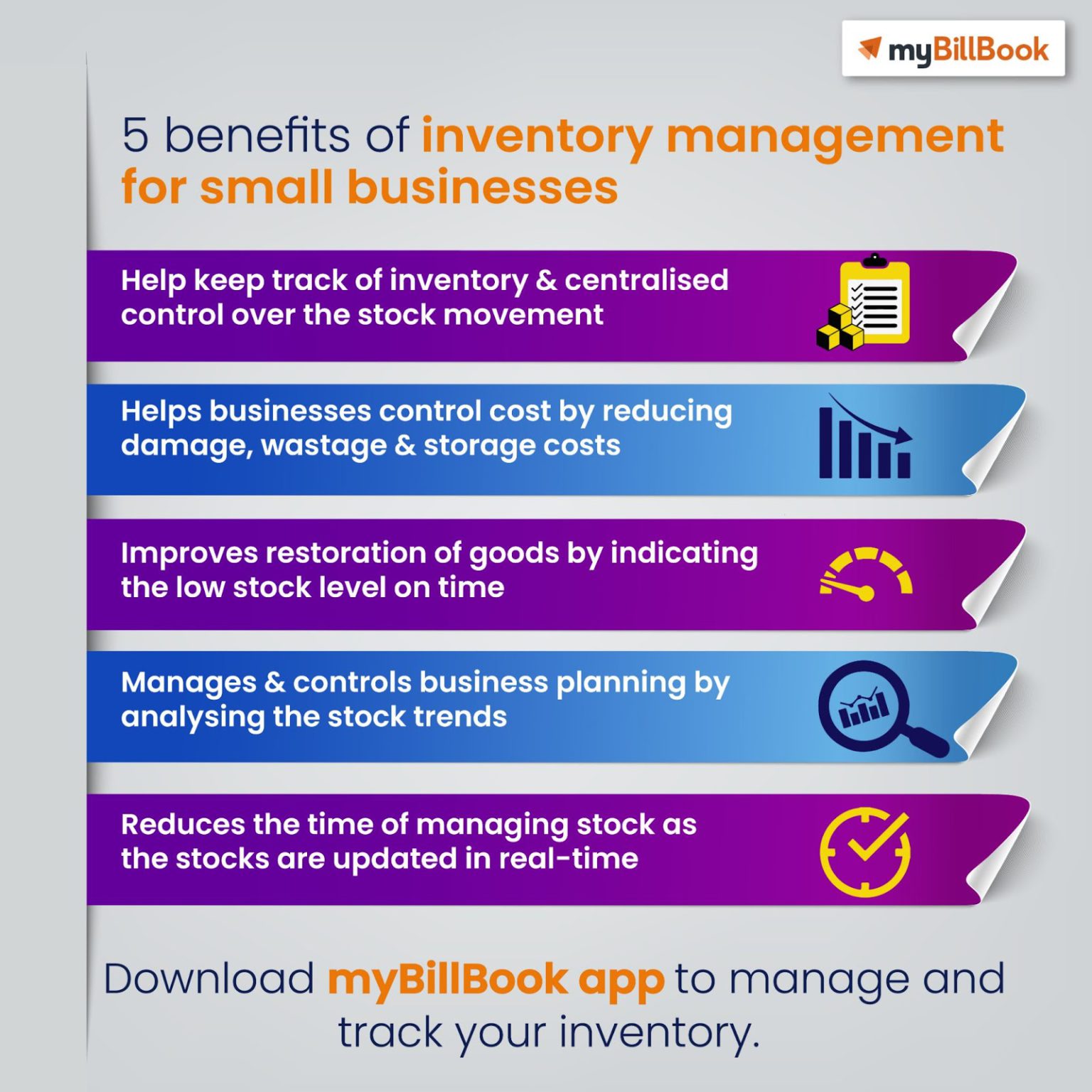Inventory management for service businesses presents unique challenges and opportunities compared to product-based businesses. This comprehensive guide delves into the intricacies of managing inventory effectively, unlocking its potential to enhance service delivery and profitability.
Understanding the different types of inventory, implementing effective strategies, and leveraging technology for tracking and control are essential components of successful inventory management for service businesses. By embracing best practices and tailoring approaches to specific industry needs, businesses can optimize inventory levels, reduce costs, and elevate customer satisfaction.
Inventory Management for Service Businesses

Inventory management is crucial for service businesses to ensure efficient operations and customer satisfaction. Unlike product-based businesses, service businesses do not typically hold physical inventory but rather manage resources such as equipment, tools, and supplies essential for delivering services.
Challenges of Inventory Management in Service Businesses
Service businesses face unique challenges in inventory management compared to product-based businesses. These challenges include:
- Intangible inventory:Services are intangible, making it difficult to track and quantify inventory levels.
- Variable demand:Demand for services can fluctuate significantly, making it challenging to forecast inventory needs.
- Perishability:Some service inventory, such as labor hours, is perishable and cannot be stored for later use.
Effective Inventory Management for Service Businesses
Despite these challenges, service businesses can effectively manage their inventory by implementing the following strategies:
- Establish clear inventory policies:Define clear policies for inventory tracking, usage, and replenishment.
- Implement inventory tracking systems:Use manual or automated systems to track inventory levels, including equipment, tools, and supplies.
- Monitor inventory usage:Regularly review inventory usage patterns to identify trends and potential shortages.
- Establish reorder points:Set minimum inventory levels to trigger automatic reorders when inventory falls below a certain point.
- Optimize inventory levels:Balance inventory levels to avoid overstocking or stockouts by considering factors such as demand, lead times, and storage costs.
Benefits of Inventory Management Software for Service Businesses
Inventory management software can significantly enhance inventory management for service businesses. Benefits include:
- Automated inventory tracking:Real-time inventory tracking eliminates manual errors and improves accuracy.
- Demand forecasting:Software can analyze historical data to forecast demand and optimize inventory levels.
- Reorder management:Automatic reorders ensure inventory is replenished timely, preventing stockouts.
- Cost optimization:Software helps identify and reduce inventory-related costs, such as overstocking and storage.
- Improved customer service:Accurate inventory information ensures service businesses can meet customer needs efficiently.
Types of Inventory for Service Businesses

Service businesses, unlike product-based businesses, do not typically hold physical inventory. However, they do have various types of inventory that are essential for their operations.
Types of Inventory
- Supplies:These are items that are consumed or used up in the delivery of services, such as office supplies, cleaning supplies, and equipment maintenance parts.
- Materials:These are items that are transformed or incorporated into the service being provided, such as raw materials for manufacturing or repair, or ingredients for food preparation.
- Equipment:This includes machinery, tools, and other equipment necessary for the provision of services. It may also include furniture and fixtures used in the service environment.
- Information:This refers to data, knowledge, and intellectual property that is essential for the delivery of services. It may include customer records, technical manuals, and research data.
- Time:This is a unique type of inventory for service businesses, as it represents the availability of skilled labor to provide services. Managing time inventory involves scheduling and optimizing staff resources to meet service demand.
Importance of Categorizing and Organizing Inventory, Inventory management for service business
Categorizing and organizing inventory is crucial for efficient management. It allows businesses to:
- Track inventory levels accurately and avoid overstocking or shortages.
- Identify and minimize waste by disposing of obsolete or slow-moving items.
- Improve inventory turnover by optimizing stock levels based on service demand.
- Reduce storage costs by optimizing inventory space utilization.
Tips for Optimizing Inventory Levels
To optimize inventory levels, service businesses should:
- Forecast service demand:Use historical data, industry trends, and customer insights to predict future service requirements.
- Establish safety stock levels:Maintain a buffer of inventory to prevent stockouts during unexpected demand fluctuations.
- Implement inventory control systems:Use technology or manual methods to track inventory levels, set reorder points, and manage stock replenishment.
- Monitor inventory turnover:Regularly review inventory turnover rates to identify slow-moving items and optimize stock levels.
- Collaborate with suppliers:Establish strong relationships with suppliers to ensure reliable delivery and minimize inventory disruptions.
Inventory Management Strategies

Inventory management is critical for service businesses to ensure efficient operations and customer satisfaction. Effective inventory management strategies can help businesses optimize their inventory levels, reduce costs, and improve service delivery.
Best Practices for Managing Inventory Levels
- Establish clear inventory policies and procedures to ensure consistency in inventory management practices.
- Implement a robust inventory tracking system to monitor inventory levels in real-time.
- Conduct regular inventory audits to verify inventory accuracy and identify discrepancies.
- Set appropriate safety stock levels to prevent stockouts and ensure service continuity.
- Utilize technology solutions, such as inventory management software, to automate inventory tracking and forecasting.
Benefits of Just-in-Time (JIT) Inventory Management
Just-in-time (JIT) inventory management is a strategy that aims to minimize inventory levels by receiving inventory only when it is needed for production or service delivery. JIT can provide several benefits for service businesses:
- Reduced inventory carrying costs, including storage, insurance, and handling expenses.
- Improved inventory turnover, resulting in increased inventory efficiency.
- Reduced risk of obsolete or damaged inventory.
- Enhanced flexibility to respond to changes in customer demand.
Role of Forecasting in Inventory Management
Forecasting is a crucial aspect of inventory management for service businesses. Accurate forecasting helps businesses anticipate future demand and plan their inventory levels accordingly. Forecasting methods can include:
- Historical data analysis, which involves examining past sales patterns to identify trends and seasonality.
- Market research, which involves gathering data on industry trends, competitor activity, and customer behavior.
- Statistical forecasting techniques, such as moving averages, exponential smoothing, and regression analysis.
Forecasting enables service businesses to optimize their inventory levels, ensuring they have sufficient inventory to meet customer demand without overstocking and incurring unnecessary costs.
Inventory Tracking and Control

Accurate inventory tracking is vital for service businesses to ensure they have the necessary resources to meet customer demand while minimizing waste and optimizing costs.
Inventory levels can be tracked manually or using technology, and inventory control systems can help prevent stockouts and overstocking.
Methods for Inventory Tracking
- Manual tracking:Using spreadsheets, notebooks, or physical inventory tags to record inventory levels.
- Technology-based tracking:Using inventory management software or barcode scanners to automate inventory tracking and reduce errors.
Benefits of Inventory Control Systems
- Prevent stockouts:By monitoring inventory levels and triggering alerts when stock is low, businesses can avoid running out of essential items.
- Reduce overstocking:By optimizing inventory levels, businesses can avoid holding excess inventory that ties up capital and incurs storage costs.
- Improve efficiency:Automated inventory control systems streamline inventory management processes, saving time and resources.
Conclusion: Inventory Management For Service Business

Effective inventory management is a cornerstone of operational excellence for service businesses. By mastering the techniques Artikeld in this guide, businesses can gain a competitive edge, enhance service quality, and drive sustainable growth. Embracing the principles of inventory management empowers service businesses to deliver exceptional experiences while maximizing profitability.
FAQ Explained
What are the key challenges of inventory management for service businesses?
Unlike product-based businesses, service businesses often have intangible inventory, making tracking and management more complex. Additionally, demand can be highly variable, leading to challenges in maintaining optimal inventory levels.
How can service businesses effectively track and manage their inventory?
Service businesses can leverage technology such as inventory management software to automate tracking, categorize inventory, and set reorder points. Regular audits and cycle counting also help ensure accuracy.
What are the benefits of using inventory management software for service businesses?
Inventory management software streamlines inventory processes, provides real-time visibility, and helps businesses optimize inventory levels, reducing costs and improving efficiency.
